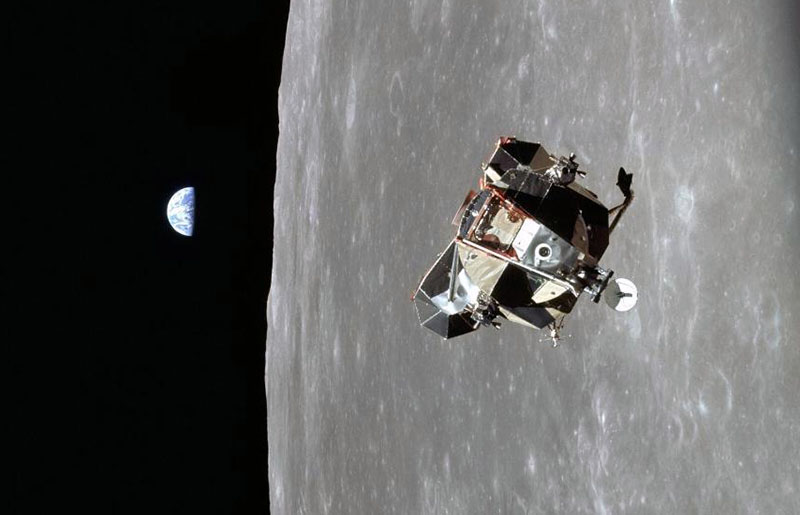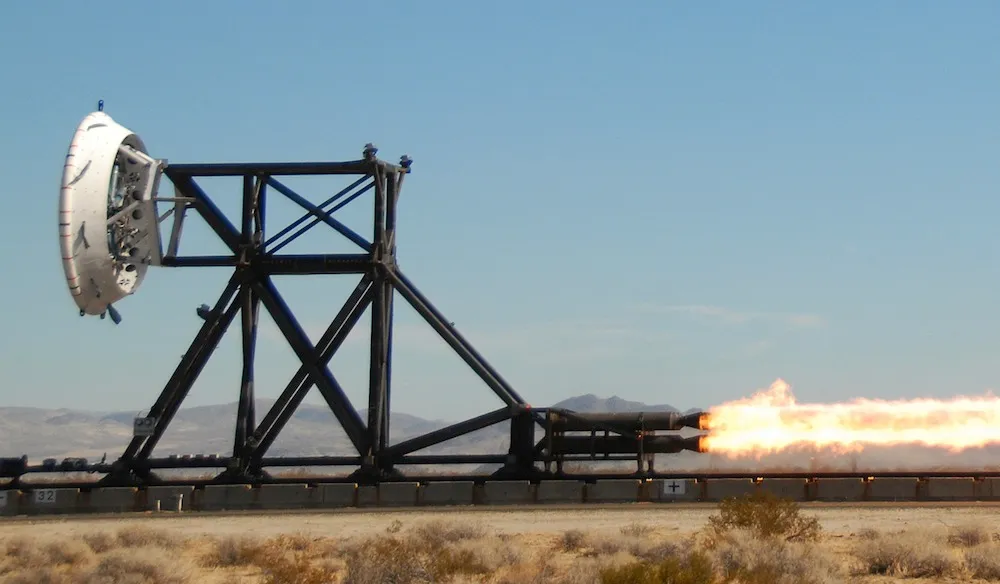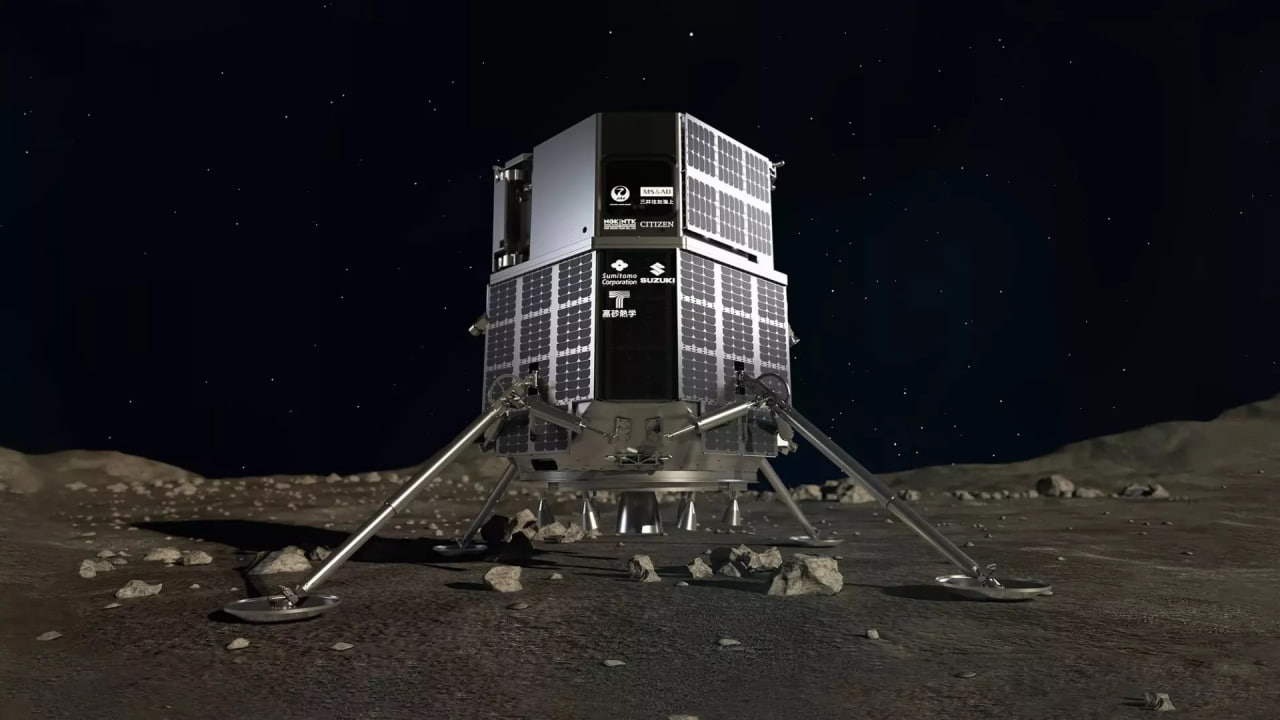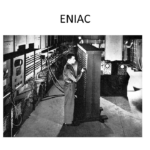
Your Smartphone: A Pocket-Sized Powerhouse Surpassing NASA’s Moon Landing Tech
On July 20, 1969, humanity achieved one of its greatest milestones: landing astronauts on the Moon during NASA’s Apollo 11 mission. Neil Armstrong’s famous words, “That’s one small step for man, one giant leap for mankind,” echoed across the globe, marking a triumph of human ingenuity and engineering. Yet, the technology that made this feat possible was remarkably modest by today’s standards. Fast forward to 2025, and the smartphone in your pocket—a device you use to scroll social media, play games, or text friends—boasts more computing power than all of NASA’s systems combined during that historic mission. How did we get here, and what does this comparison really mean?

The Apollo Guidance Computer: A Marvel of Its Time
At the heart of the Apollo 11 mission was the Apollo Guidance Computer (AGC), a groundbreaking piece of technology developed by MIT. The AGC was tasked with navigating the spacecraft across 356,000 kilometers of space, managing propulsion, and ensuring a safe lunar landing and return. By today’s metrics, however, its capabilities seem almost laughably limited.
The AGC operated at a clock speed of 0.043 MHz—slower than a modern digital watch. It had 2,048 words of RAM (equivalent to about 4 kilobytes) and 36 kilobytes of ROM, storage so small it couldn’t hold a single high-resolution photo from your phone. Despite its simplicity, the AGC was a masterpiece of efficiency, designed to handle critical real-time calculations with precision. It used a unique interface where astronauts typed in “nouns” and “verbs” to issue commands, and its software included a pioneering restart function that saved the lunar landing when an overload triggered alarms just minutes before touchdown.
Beyond the AGC, NASA relied on room-sized IBM System/360 Model 75 mainframes at the Goddard Space Flight Center. These machines, costing $3.5 million each (over $30 million in today’s dollars), could perform hundreds of thousands of operations per second and had memory in the megabyte range. Together, this hardware formed the backbone of the Apollo program’s computational power—a total that still pales in comparison to what we carry today.

The Smartphone Revolution
Consider a modern smartphone, like the iPhone 15 or a high-end Android device in 2025. Its multi-core processor runs at speeds between 2.5 and 3.5 GHz—over 58,000 times faster than the AGC’s clock speed. With 6 to 12 gigabytes of RAM, it has millions of times more memory than the AGC, and storage options reaching up to 1 terabyte dwarf the Apollo systems by an astronomical margin. Add in specialized chips for graphics, AI, and networking, and your phone’s raw power is staggering.
To put this in perspective: the iPhone 6, released in 2014, could process 3.36 billion instructions per second—enough, in theory, to guide 120 million Apollo-era spacecraft to the Moon simultaneously. Today’s phones are even more advanced, capable of running complex applications, rendering 3D graphics, and performing real-time machine learning tasks—all while fitting in your hand.

How Did NASA Do It?
If a smartphone is so much more powerful, how did NASA manage the Moon landing with such “primitive” tech? The answer lies in focus and ingenuity. The AGC and NASA’s mainframes were purpose-built for spaceflight. They didn’t need to multitask or display colorful interfaces—they solved specific, complex problems like trajectory calculations and thrust control. Much of the heavy lifting was done on Earth, with precomputed data transmitted to the spacecraft. Human expertise also played a huge role: engineers and astronauts compensated for technological limits with skill and adaptability.
Contrast that with a smartphone, designed for versatility rather than a single mission-critical task. It juggles countless operations—GPS navigation, video streaming, gaming—but isn’t engineered to withstand cosmic radiation or guide a rocket. Raw power isn’t everything; the AGC’s reliability and tailored design were key to its success.
What This Means Today
The gap between 1969’s tech and today’s smartphones highlights the breakneck pace of progress. Moore’s Law—the observation that computing power doubles roughly every 18 months—has held true for decades, shrinking transistors and boosting performance exponentially. The Apollo program itself helped fuel this revolution, driving demand for integrated circuits and laying the groundwork for the semiconductor industry.
Yet, this comparison also underscores a humbling truth: achieving the Moon landing with such limited tools was a testament to human brilliance. Modern tech makes tasks faster and easier, but it was the creativity of Apollo-era engineers that turned rudimentary machines into history-making tools. If they had today’s smartphones, the mission might have been smoother—trajectory adjustments in microseconds, real-time simulations—but the core challenge of space travel isn’t just about computing power. It’s about physics, funding, and resolve.
A Pocket-Sized Legacy
Your smartphone is a marvel, a device that outstrips NASA’s 1969 arsenal by orders of magnitude. It’s a symbol of how far we’ve come—and a reminder of what we can achieve when we push boundaries. The next time you swipe through your phone, consider this: you’re holding more computational might than it took to reach the Moon. The question now is, what will we do with it?



